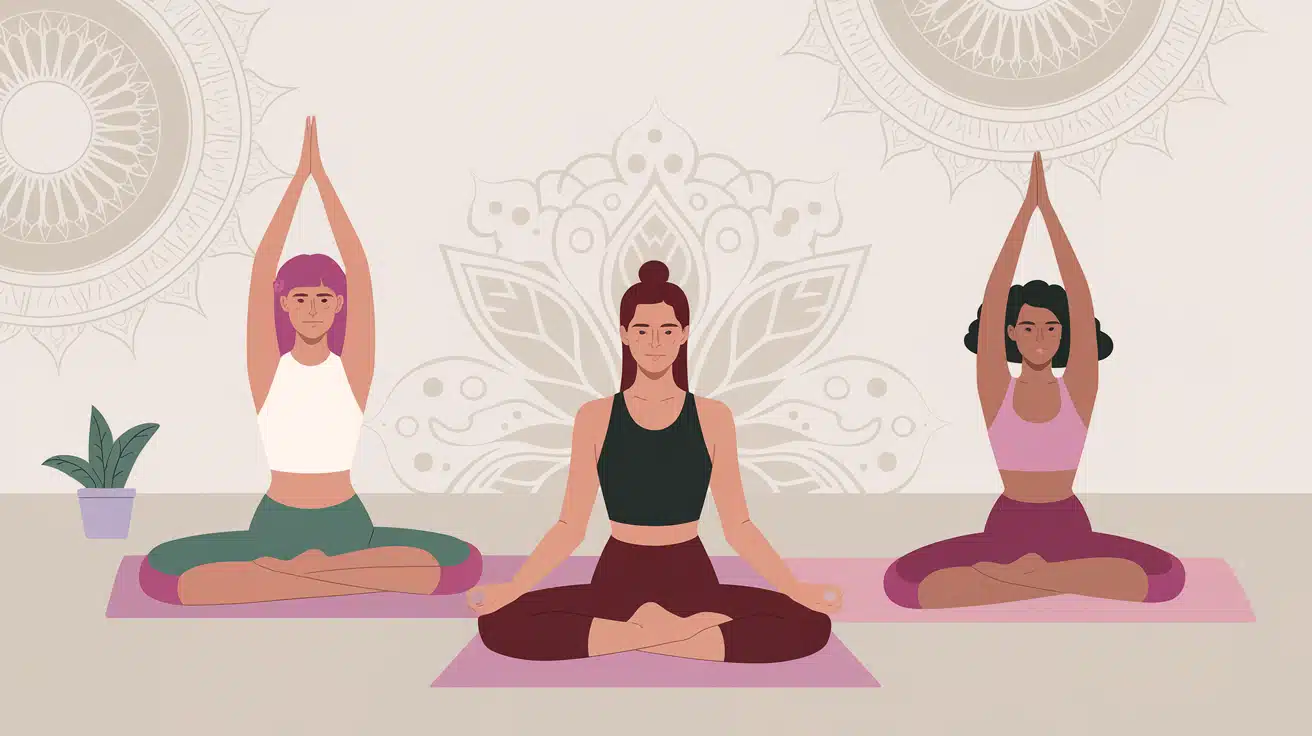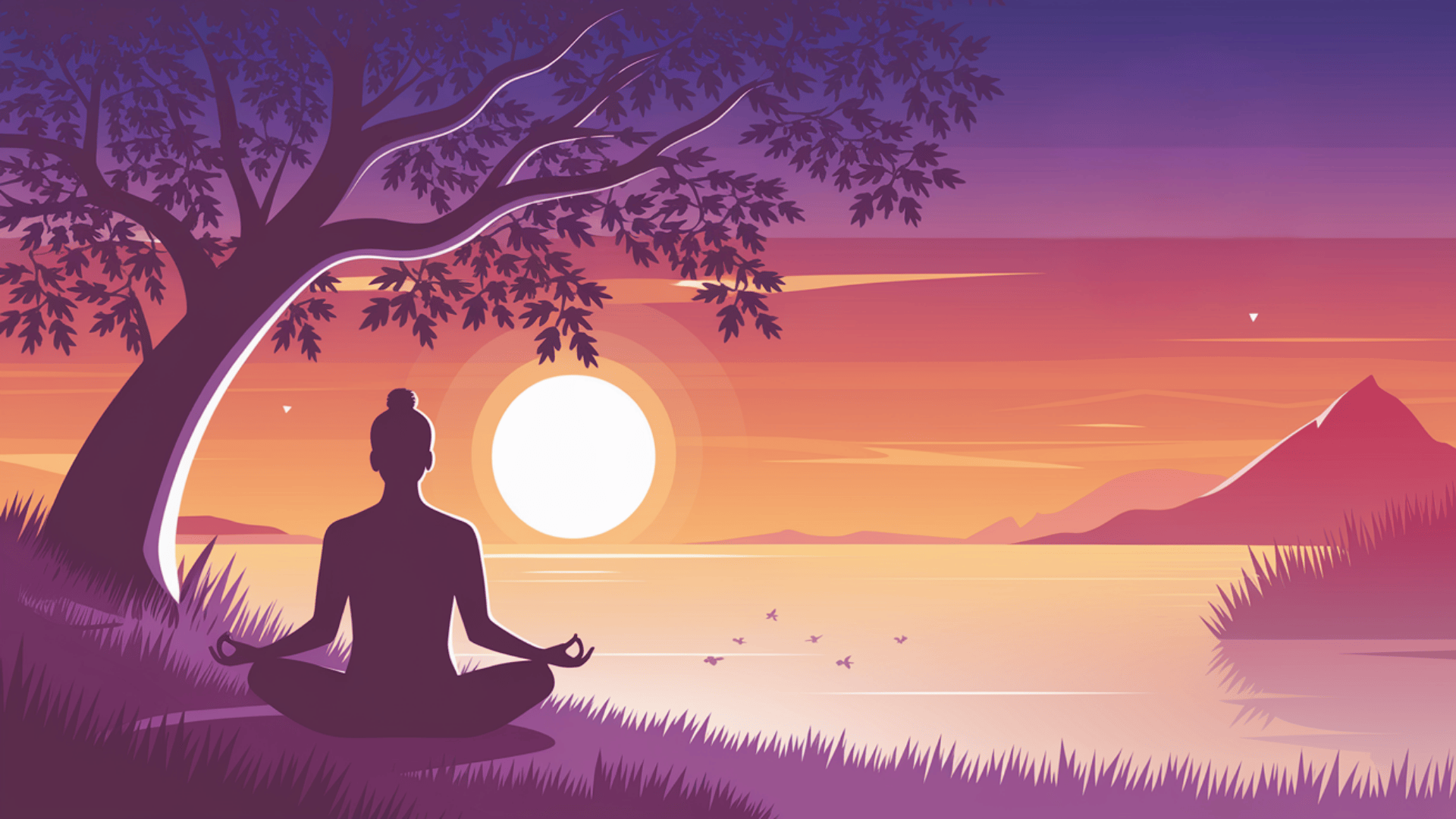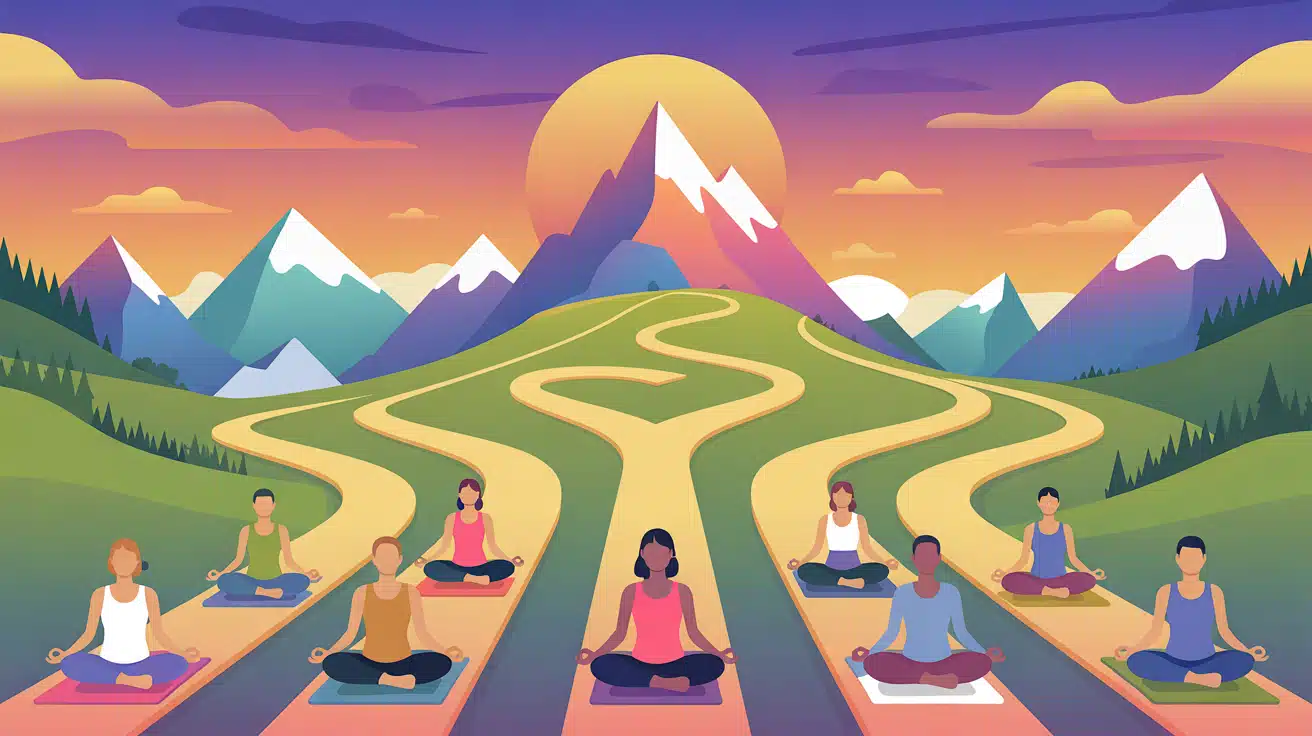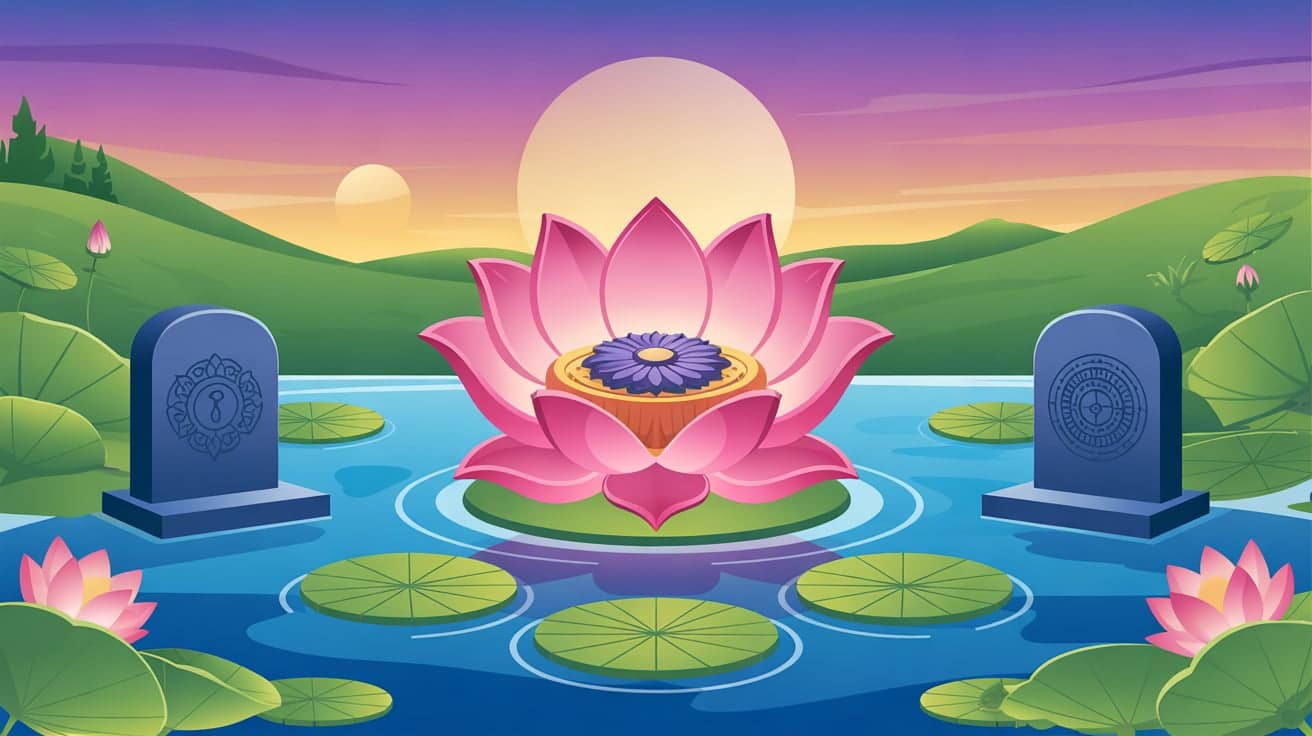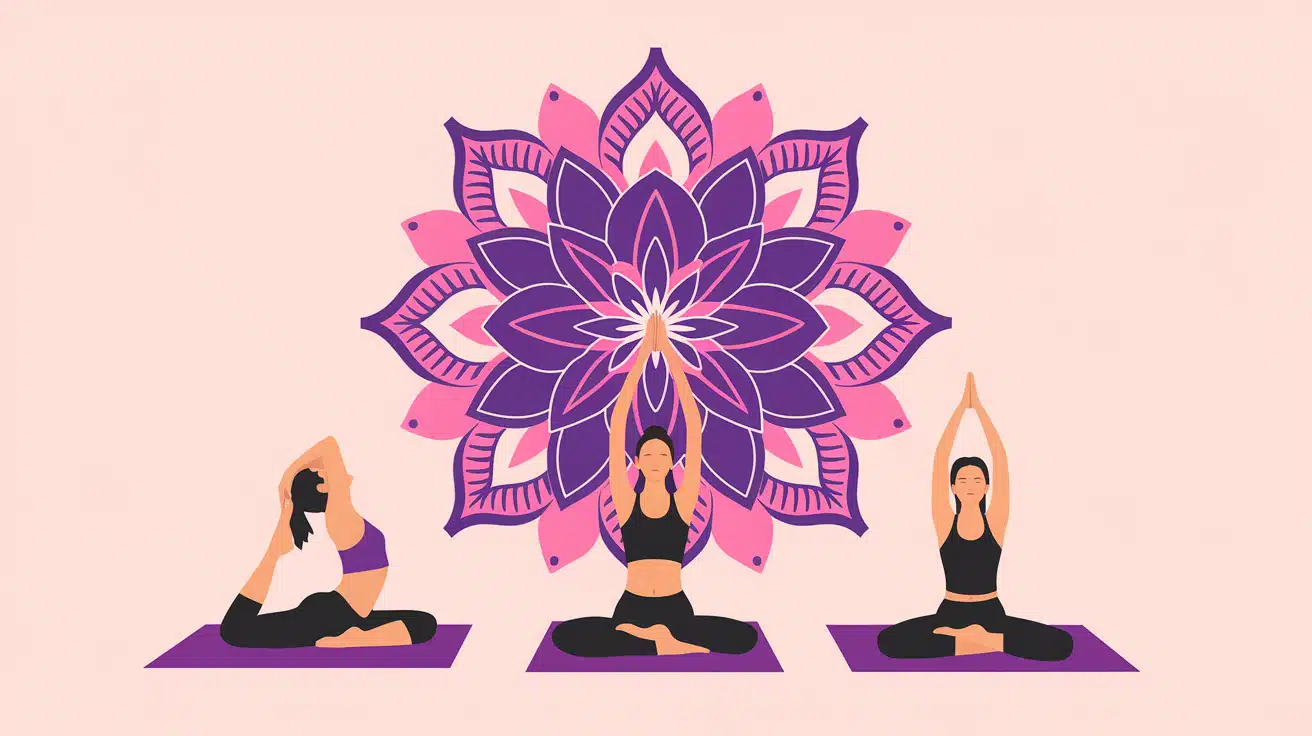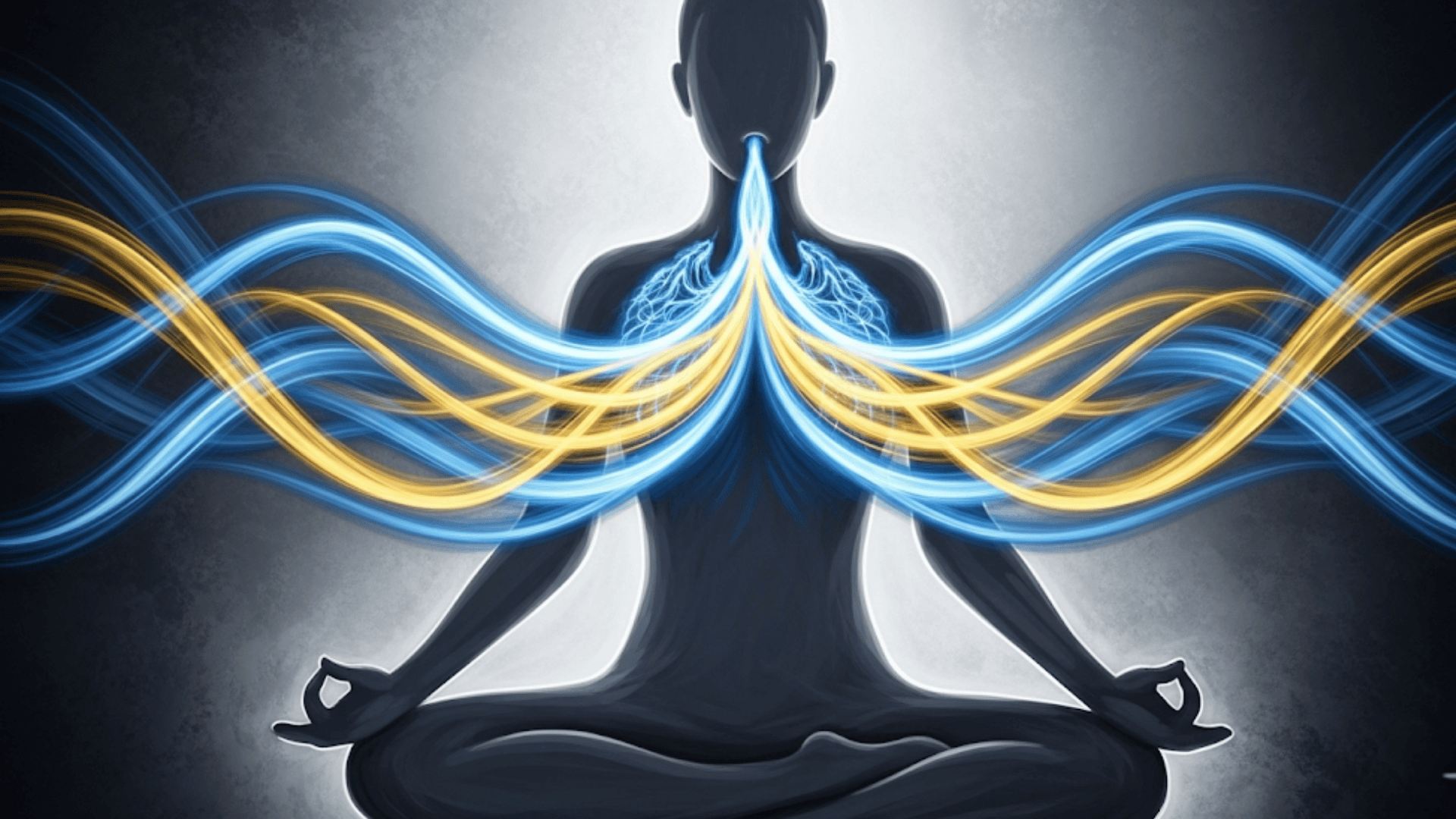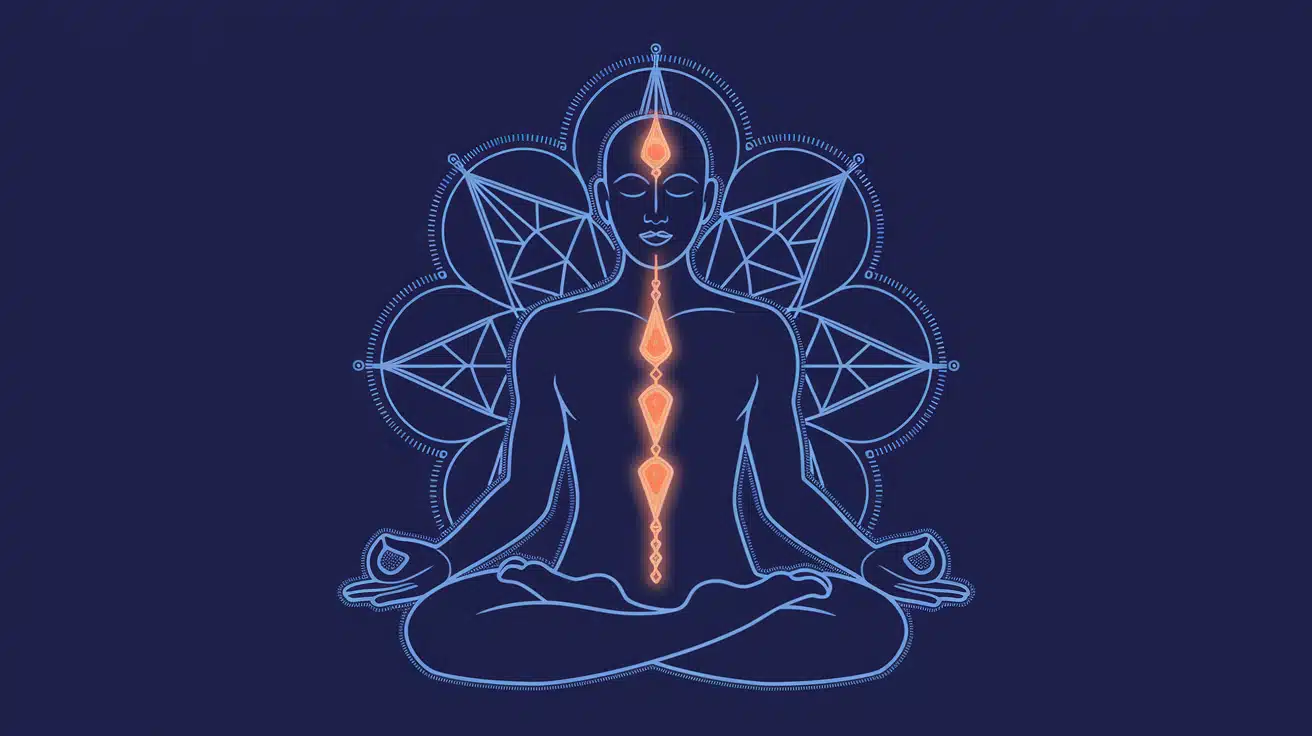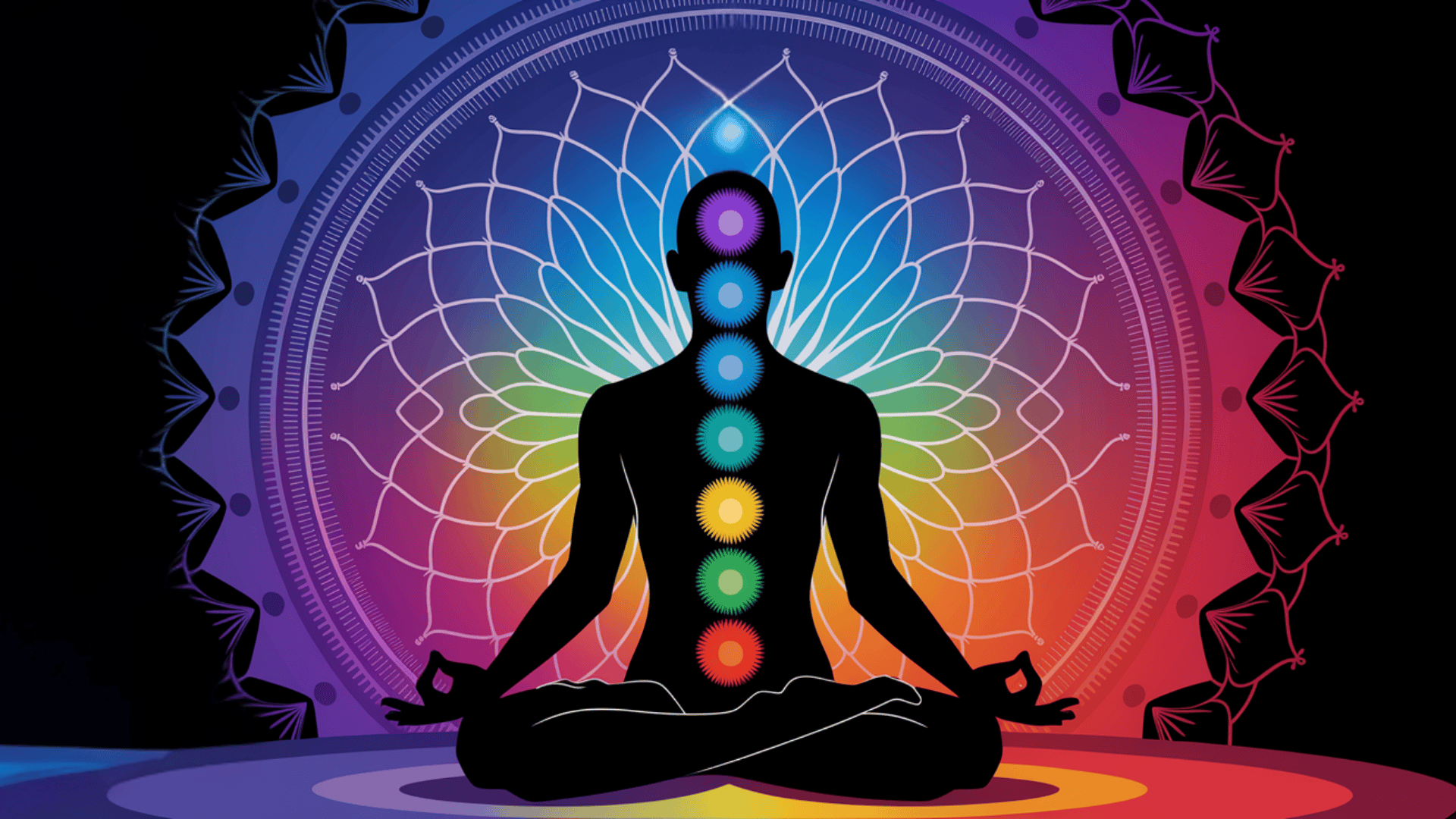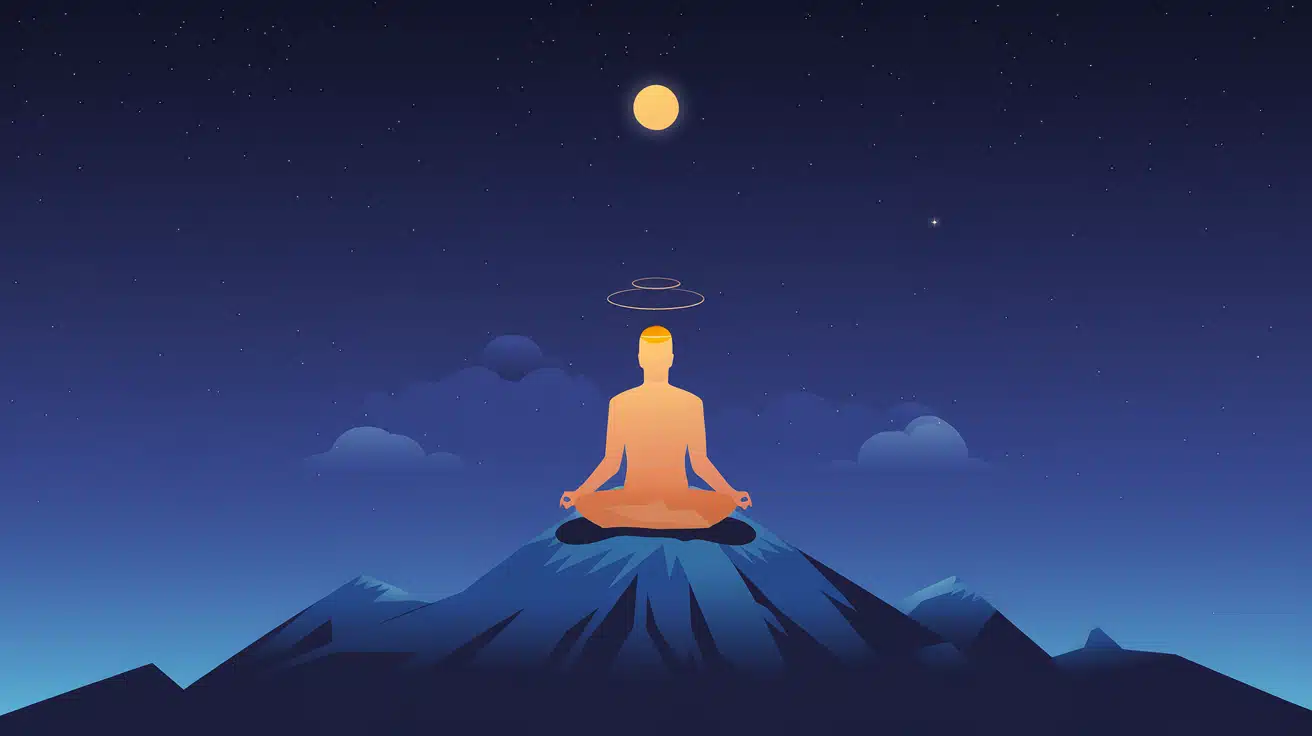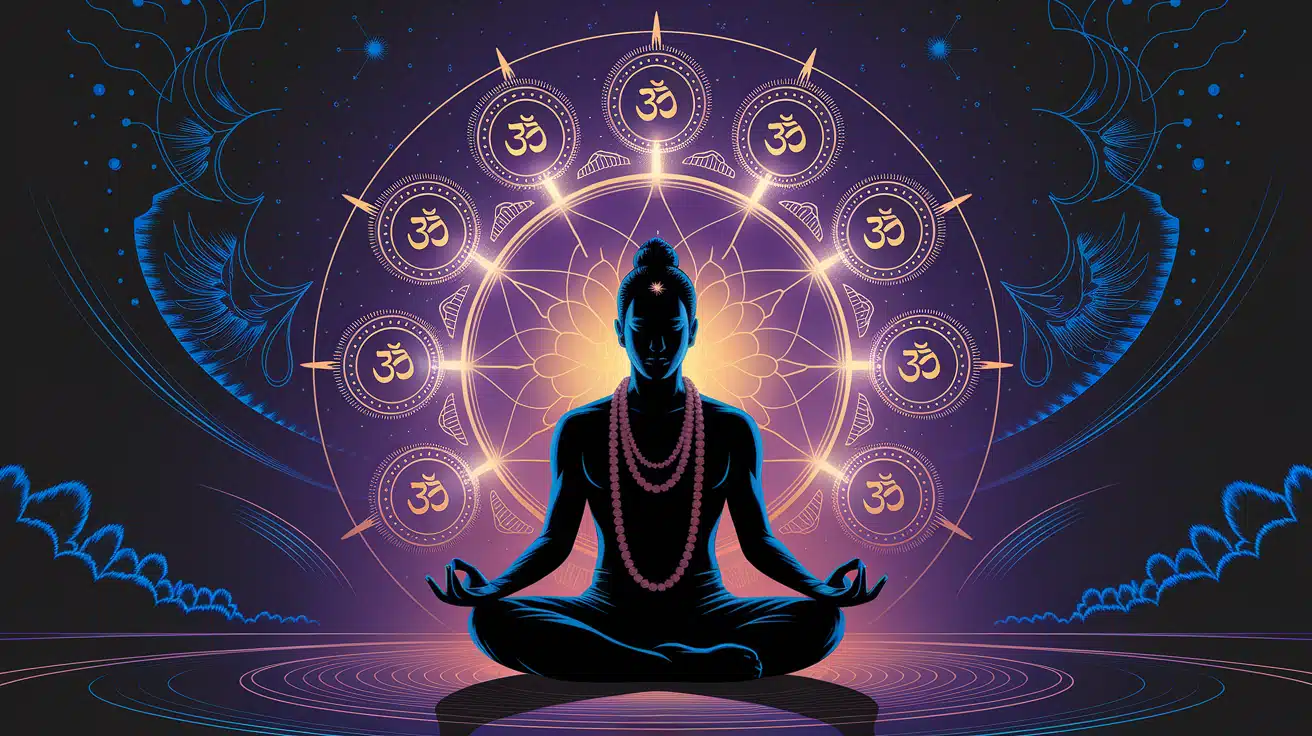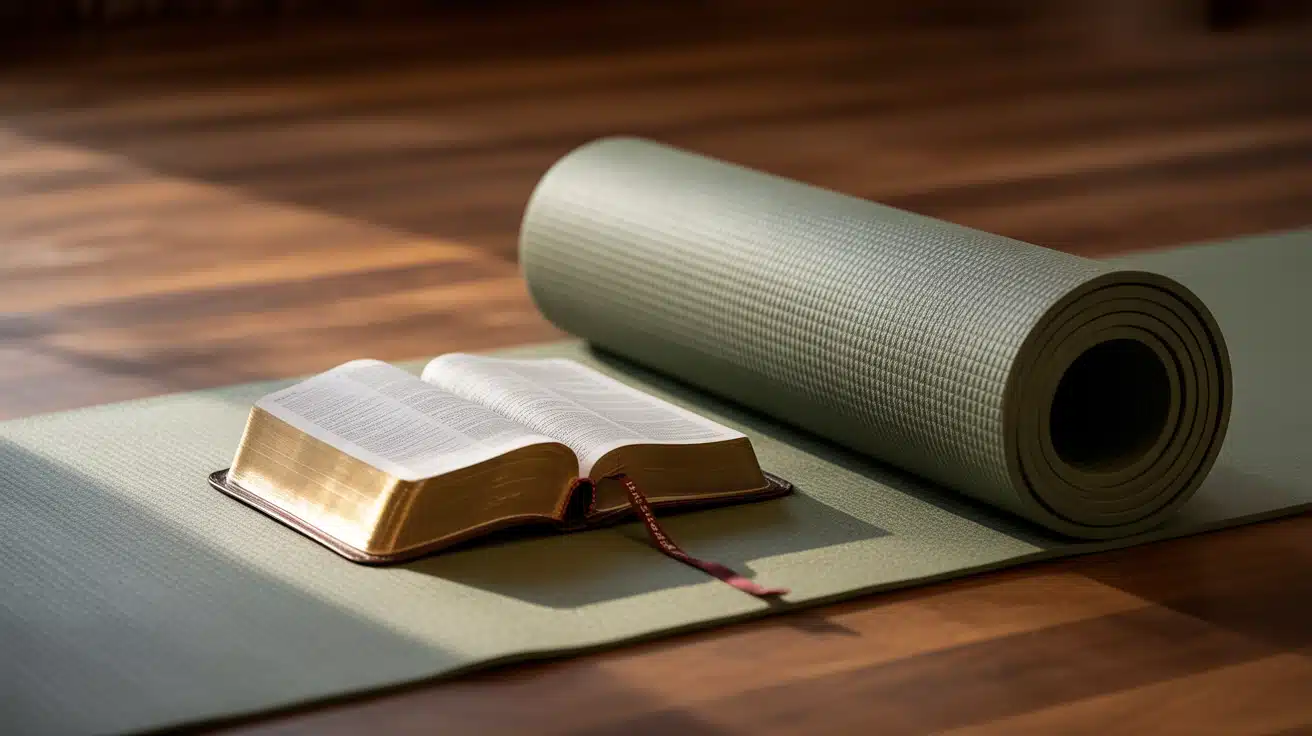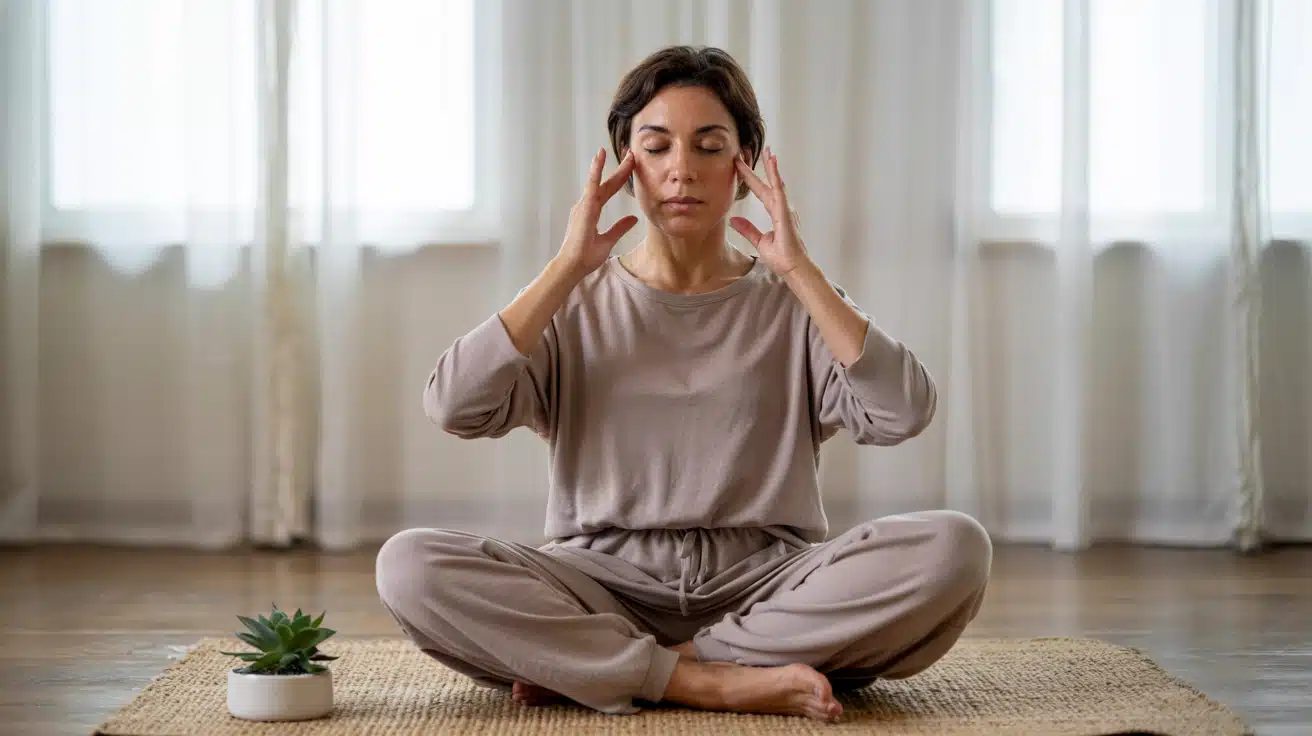Ever wondered what your yoga teacher means when they say “Savasana” or chant “Om”? You’re not alone.
Many yoga students feel lost when instructors use Sanskrit terms during class. This comprehensive yoga glossary breaks down essential yoga terms that every practitioner should be familiar with.
Learning these Sanskrit words will change your practice. You’ll gain a deeper understanding of the meaning behind each yoga pose, breathing technique, and meditation method.
From basic philosophical concepts like “Dharma” and “Karma” to advanced ideas such as “Kundalini” and “Samadhi,” this guide encompasses a comprehensive range of topics.
No more confusion during class. No more missing the spiritual depth of yoga. This numbered glossary gives you clear, simple explanations for every important Sanskrit term.
Get ready to speak yoga fluently and connect with thousands of years of ancient wisdom.
What is Sanskrit and Why It’s Used in Yoga?
Sanskrit is an ancient Indian language that forms the foundation of yoga practice and philosophy.
Dating back over 3,500 years, Sanskrit was the language used to write the earliest yogic texts like the Vedas and Upanishads.
Yoga teachers use Sanskrit yoga terms because they carry deeper spiritual meanings that often get lost in translation.
Each Sanskrit word holds multiple layers of meaning, making the yoga language more precise than English equivalents.
When you hear terms like “asana” or “pranayama,” you’re connecting to thousands of years of wisdom passed down through generations of practitioners.
Key Philosophical Roots:
- Yoga – The word means “to yoke” or unite the mind, body, and spirit as one.
- Dharma – Your life’s purpose and the righteous path you’re meant to follow.
- Karma – Every action creates energy that comes back to you in some form.
- Om / Aum – The first sound of creation that contains the vibration of the entire universe.
101 Yoga Terms with Sanskrit Meanings
A complete glossary of yoga words and Sanskrit terms explained for beginners and advanced practitioners to deepen your practice.
Core Yogic Philosophy
- Yoga – The practice of joining your mind, body, and spirit into one complete whole.
- Dharma – Your life’s true calling and the moral duties you must follow.
- Karma – Every action you take creates energy that returns to you later.
- Moksha – The final goal of yoga, where you break free from all suffering.
- Samsara – The endless wheel of birth, death, and rebirth that traps souls.
- Atman – Your true self or soul that exists beyond your physical body.
- Purusha – The pure awareness within you that never changes or dies.
- Prakriti – The physical world around you, including your body and thoughts.
- Avidya – The lack of knowledge that keeps you from seeing truth clearly.
- Om / Aum – The sacred sound that created everything in the universe.
Paths of Yoga
- Raja Yoga – The royal path that uses meditation to control your mind completely.
- Bhakti Yoga – The path of pure love and devotion to a higher power.
- Jnana Yoga – The path of wisdom that uses study and thinking to find truth.
- Karma Yoga – The path of selfless service, where you act without wanting rewards.
- Hatha Yoga – The physical practice using poses and breathing to prepare for meditation.
- Mantra Yoga – The path that uses sacred sounds and chants to focus the mind.
- Laya Yoga – The practice of dissolving your ego into universal consciousness.
- Tantra Yoga – The path that uses rituals and energy work for spiritual growth.
Ethical Principles: Yamas & Niyamas
- Ahimsa – The practice of not harming any living being through thoughts, words, or actions.
- Satya – Speaking and living your truth in all situations without hurting others.
- Asteya – Not taking anything that doesn’t belong to you, including time and energy.
- Brahmacharya – Using your energy wisely and practicing moderation in all things.
- Aparigraha – Living simply without being greedy or attached to material things.
- Saucha – Keeping your body, mind, and living space clean and pure.
- Santosha – Finding happiness and peace with what you already have right now.
- Tapas – The inner fire of discipline that helps you stick to your spiritual practice.
- Svadhyaya – Studying sacred texts and looking within yourself to grow spiritually.
- Ishvara Pranidhana – Letting go of your ego and surrendering to divine will.
- Dharma Megha Samadhi – The highest state where wisdom rains down like clouds.
- Sadhana – Your daily spiritual practice that you do with dedication and consistency.
Asana Families
- Tadasana – Standing tall like a mountain with perfect posture and inner strength.
- Virabhadrasana I – The warrior pose that builds courage and determination.
- Virabhadrasana II – A strong side-facing warrior that opens your hips and heart.
- Trikonasana – The triangle pose that stretches your side body and improves balance.
- Utkatasana – Sitting in an imaginary chair to build leg strength and focus.
- Uttanasana – Folding forward while standing to calm your mind and stretch your back.
- Paschimottanasana – Sitting and folding over your legs to look inward and surrender.
- Janu Sirsasana – Bringing your head toward one knee for deep introspection.
- Balasana – The child’s pose that brings you back to innocence and safety.
- Upavistha Konasana – Sitting with wide legs to open your hips and quiet your mind.
- Bhujangasana – Rising like a cobra to open your heart and strengthen your back.
- Ustrasana – Kneeling backbend that opens your throat and builds trust in letting go.
- Dhanurasana – Bow pose that creates strength and flexibility through your entire spine.
- Setu Bandhasana – Bridge pose that connects your lower and upper body with strength.
- Chakrasana – Full wheel that opens your heart completely and builds total body strength.
- Ardha Matsyendrasana – Seated twist named after a great yogi that detoxifies your spine.
- Parivrtta Trikonasana – Twisted triangle that challenges your balance and focus deeply.
- Marichyasana – A binding twist that teaches patience and helps you turn inward.
- Sirsasana – Headstand that flips your perspective and builds mental clarity.
- Sarvangasana – Shoulder stand that calms your nervous system and helps balance hormones.
- Adho Mukha Vrksasana – Handstand that builds strength and helps you overcome fear.
- Pincha Mayurasana – Forearm balance that requires patience and builds upper body power.
- Savasana – Corpse pose, where you practice dying to your ego completely.
- Supta Baddha Konasana – Lying butterfly that opens your hips while deeply relaxing.
- Viparita Karani – Legs up the wall to calm anxiety and restore your energy.
Breath & Energy Practices (Pranayama)
- Prana – The life energy that flows through your body and keeps you alive.
- Pranayama – The practice of controlling your breath to direct your life force.
- Puraka – The slow, controlled way of breathing air into your lungs.
- Rechaka – The complete release of breath from your body with control.
- Kumbhaka – Holding your breath to build energy and mental focus.
- Ujjayi – Ocean-sounding breath that calms your mind and heats your body.
- Kapalabhati – Quick belly breathing that cleans your skull and energizes you.
- Bhastrika – Bellows breath that pumps energy through your whole system powerfully.
- Nadi Shodhana – Breathing through alternate nostrils to balance your nervous system.
- Surya Bhedana – Right nostril breathing that heats your body and increases focus.
- Chandra Bhedana – Left nostril breathing that cools your body and calms emotions.
- Sheetali – Cooling breath through curled tongue that reduces body heat instantly.
- Sitkari – Hissing breath through teeth that cools and calms your entire system.
- Bhramari – Humming bee breath that creates vibrations to quiet mental chatter.
- Sama Vritti – Equal counting breath that brings perfect balance to your mind.
Energy Locks, Channels & Gestures
- Bandha – Internal muscle locks that control and direct your life force energy.
- Mula Bandha – Root lock at your pelvic floor that builds core strength and focus.
- Uddiyana Bandha – Abdominal lock that lifts your diaphragm and creates inner fire.
- Jalandhara Bandha – Throat lock that prevents energy from escaping through your head.
- Maha Bandha – The great lock, using all three bandhas together for maximum power.
- Nadi – Energy channels in your body that carry life force to every cell.
- Ida Nadi – Left energy channel that carries cooling, calming lunar energy.
- Pingala Nadi – Right energy channel that carries heating, active solar energy.
- Sushumna Nadi – Central energy channel where kundalini energy rises to enlightenment.
- Mudra – Hand gestures that direct energy flow and enhance meditation focus.
Chakras & Kundalini Concepts
- Muladhara – Root chakra at the base of the spine that grounds you to earth energy.
- Svadhisthana – Sacral chakra that controls creativity, sexuality, and emotional flow.
- Manipura – Solar plexus chakra that holds your personal power and confidence.
- Anahata – Heart chakra, where you give and receive love unconditionally.
- Vishuddha – Throat chakra that helps you speak your truth with clarity.
- Ajna – The Third eye chakra that opens your inner wisdom and intuition.
- Sahasrara – Crown chakra that connects you directly to divine consciousness.
- Kundalini – Sleeping serpent energy at the base of the spine that awakens spiritual power.
Meditation & States of Consciousness
- Dhyana – Deep meditation where your mind becomes completely still and focused.
- Dharana – Single-pointed concentration that prepares you for true meditation.
- Samadhi – The highest state where you merge completely with universal consciousness.
- Turiya – The fourth state beyond waking, dreaming, and deep sleep.
- Nidra – Yogic sleep, where your body rests but your awareness stays awake.
- Antar Mouna – Inner silence where your mental chatter completely stops.
Mantras, Chants & Devotion
- Namaste – A greeting that honors the divine spark living within every person.
- Shanti – The word for peace that brings calm to mind, body, and spirit.
- Gayatri Mantra – Ancient chant to the sun that awakens wisdom and clarity.
- Mahamrityunjaya Mantra – Healing chant that protects from illness and negative energy.
- So Hum – “I am That” mantra connecting your individual self to universal consciousness.
- Om Mani Padme Hum – Compassion mantra that opens your heart to all beings.
- Satchitananda – The ultimate reality of truth, consciousness, and pure bliss combined.
Final Notes
These Sanskrit terms form the complete foundation of yoga knowledge. You now understand the language that connects millions of practitioners worldwide.
From basic poses like Tadasana to advanced states like Samadhi, each word carries deep spiritual meaning.
Sanskrit isn’t just about pronunciation. It’s about honoring the ancient wisdom that gave rise to yoga.
When you use these terms, you join a tradition spanning thousands of years. Your practice becomes richer and more meaningful.
Start using these words in your daily practice. Notice how “Pranayama” feels different than just saying “breathing exercises.”
Ready to deepen your yoga knowledge? Bookmark this guide and share it with fellow yogis. Practice one new Sanskrit term each week.

